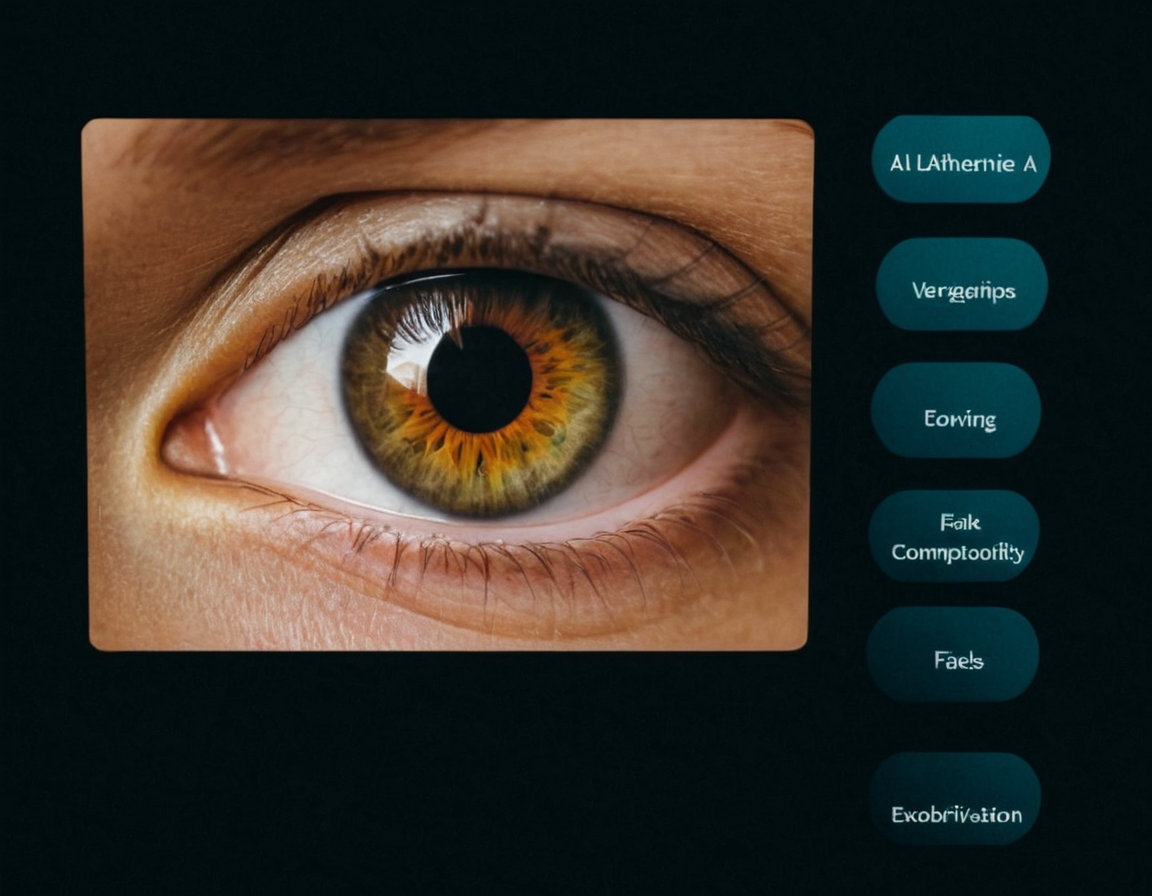AI Images Authentic? How To Spot Fakes

Uncovering the Dark Side of AI-Generated Images: Ensuring Authenticity in Online Platforms
The proliferation of artificial intelligence (AI) has led to a significant increase in the production and dissemination of AI-generated images. These images, often indistinguishable from real ones, can have far-reaching consequences, including the spread of misinformation, manipulation of public opinion, and even financial losses. As online platforms continue to evolve, it’s essential to examine the dark side of AI-generated images and discuss strategies for ensuring authenticity.
Introduction
The rise of deepfakes, AI-generated videos, and images has sparked a heated debate about the role of technology in shaping our understanding of reality. While AI-generated content can be used for creative or educational purposes, its potential misuse is alarming. This article aims to explore the implications of AI-generated images on online platforms and provide guidance on how to mitigate these risks.
The Risks Associated with AI-Generated Images
AI-generated images can be incredibly convincing, making it challenging to distinguish between fact and fiction. This can lead to:
- Misinformation: Spreading false information through manipulated images can have severe consequences, including the erosion of trust in institutions and the spread of conspiracy theories.
- Manipulation of public opinion: AI-generated images can be used to influence public opinion, sway elections, or even incite violence.
- Financial losses: The use of AI-generated images can result in significant financial losses, particularly in industries such as finance, healthcare, and law enforcement.
Ensuring Authenticity on Online Platforms
To mitigate the risks associated with AI-generated images, online platforms must take proactive measures to ensure authenticity. Here are some practical strategies:
- Implement robust content moderation: Platforms must invest in AI-powered content moderation tools that can detect manipulated or fake content.
- Use human oversight: Human moderators should be involved in reviewing and verifying the authenticity of uploaded content.
- Educate users: Users must be educated on how to identify manipulated or fake content, reducing the risk of misinformation.
Practical Examples
- Image verification tools: Researchers have developed image verification tools that can detect AI-generated images. These tools can be integrated into online platforms to prevent the spread of manipulated content.
- Deepfake detection algorithms: Law enforcement agencies and cybersecurity experts are working on developing deepfake detection algorithms that can identify manipulated videos and images.
Conclusion
The dark side of AI-generated images is a pressing concern for online platforms, individuals, and society as a whole. By understanding the risks associated with these images and implementing proactive measures to ensure authenticity, we can mitigate the potential harm they can cause. The question remains: will you be part of the solution or part of the problem?
About Carmen Johnson
Carmen Johnson | AI & photography expert helping creatives master powerful image tools from editing to generation at gophotos.com. 5+ years of experience in visual storytelling and photo editing.
